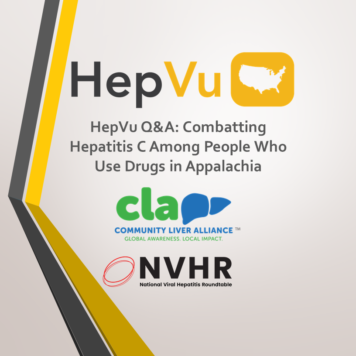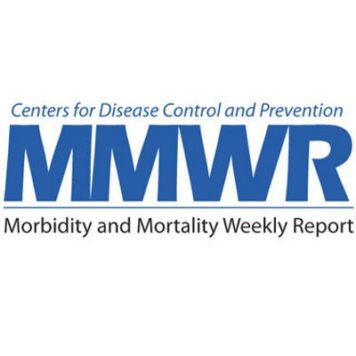In January 2021, the U.S. Department of Health and Human Services (HHS) released its Viral Hepatitis National Strategic Plan: A Roadmap to Elimination 2021-2025. The plan outlines objectives and strategies to aid stakeholders—researchers, policy makers, health care providers, advocacy groups, and patients—in working together to eliminate viral hepatitis as a public health threat in the U.S.
This series of one question blogs on viral hepatitis elimination explores what it will take to achieve the plan’s ultimate goal of eliminating viral hepatitis in the U.S. by 2030 from a chorus of experts in viral hepatitis from across the spectrum – from federal staff to SSP providers to patients.
Q: Last year, U.S. Department of Health and Human Services (HHS) released the Viral Hepatitis National Strategic Plan: A Roadmap to Elimination 2021-2025. Increasing testing overall and among priority populations is a critical theme throughout the plan. The plan specifically states the goal of, “increasing the proportion of people who are tested and aware of their viral hepatitis status.” How can we increase testing to achieve the plan’s ultimate goal of eliminating viral hepatitis in the U.S. by 2030?
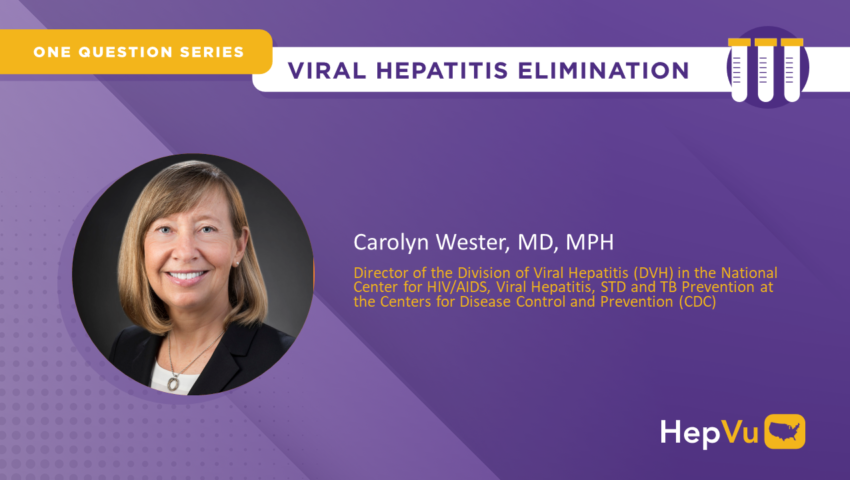
FEDERAL PERSPECTIVE:
The nation, with federal public health agencies leading, has the opportunity to increase viral hepatitis testing in support of the nation’s goal of eliminating viral hepatitis as a public health threat in the U.S. by 2030. This starts with updating Hepatitis B and Hepatitis C recommendations (expanding risk-based testing to universal screening of all adults and pregnant persons), working with primary care providers to ensure awareness and uptake of these recommendations, and supporting health departments and community partners to maximize testing and awareness of infection among priority populations, particularly in high-impact settings.
Further, it is imperative that partners have the requisite tools (e.g., simple, accurate, and rapid point-of-care tools to diagnosis current Hepatitis C and Hepatitis B infection) and resources to increase timely linkage to prevention and treatment services among disproportionately impacted populations.
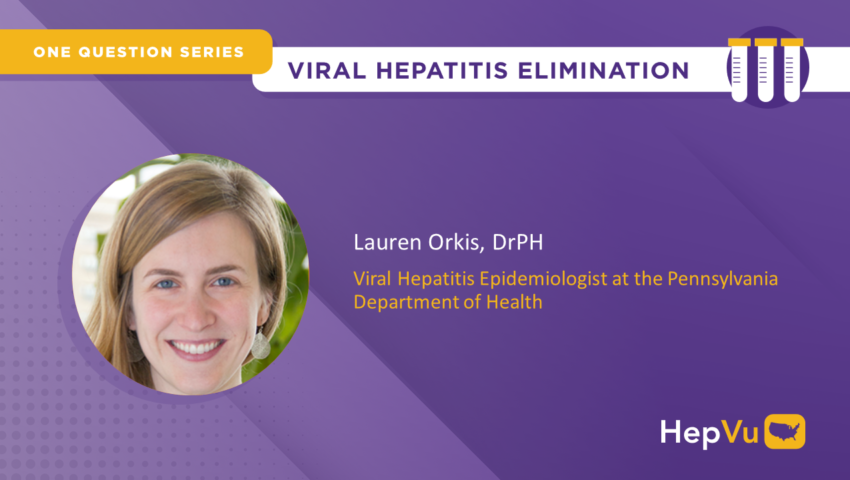
STATE HEALTH DEPARTMENT PERSPECTIVE:
Increased testing can be achieved through expanding viral hepatitis resources, education, awareness, and testing capacity amongst healthcare professionals such as primary care providers, pharmacists, specialty care providers, HIV and STD service providers, as well as within drug and alcohol facilities and correctional facilities. Increased funding for viral hepatitis education, prevention, testing, and linkage to care is critically needed to support this expansion to ensure providers have the resources needed to successfully implement testing initiatives amongst their populations.
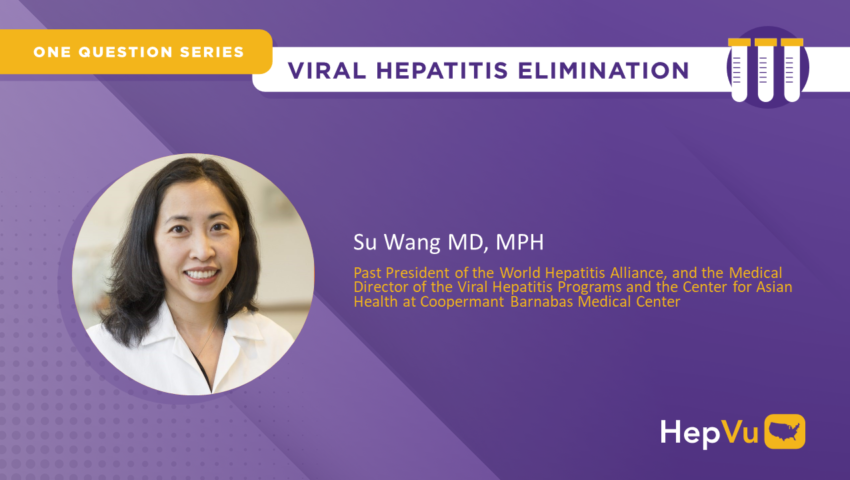
HEALTH SYSTEM/CLINICIAN PERSPECTIVE:
We urgently need to invest in viral hepatitis now if we are to achieve hepatitis elimination by 2030 and give the next generation a hepatitis-free future. This means we need to scale up screening and integrate it in our frontline services to communities – primary care, emergency departments, hospitals, prisons, substance use centers, maternal care, and immigrant services. We know it will save both lives and money and will benefit all of us.
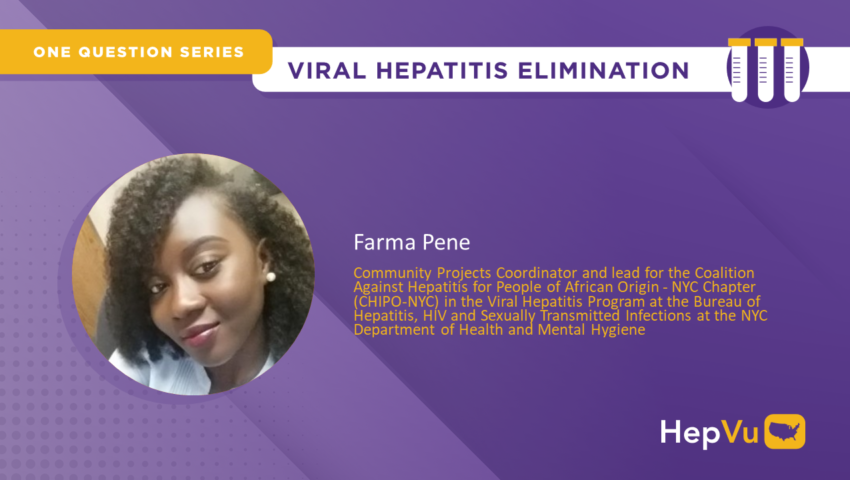
COMMUNITY ORGANIZATION PERSPECTIVE:
I constantly stress that if Hepatitis B rapid testing was available, testing the vulnerable African Immigrant community would be easier and more effective. Although current tactics such as community education and screening events are commonly used, funding is always a challenge for small organizations or community-based organizations to continue their work. People are often cautious when they see an unknown organization giving testing in a public place and taking a blood sample from them regarding a disease they had probably never heard of. Many immigrants value their time, money, and privacy. As a result, providing simpler, cheaper tools and more accessible means of screening is critical, particularly in sites that provide culturally competent services.

ADVOCACY ORGANIZATION PERSPECTIVE:
We have seen exciting policy changes at the state and federal levels that will help increase viral hepatitis testing in the U.S., with a new universal Hepatitis C testing recommendation for adults, recently proposed CDC Hepatitis B universal screening recommendations for adults, and passage of legislation in California for health care providers to offer Hepatitis B and C screening tests. Now that we have expanded viral hepatitis screening (and Hepatitis B vaccination) recommendations, we need to invest in effective implementation strategies and increase resources to support organizations at all levels, community organizations and clinics, to achieve viral hepatitis elimination goals.
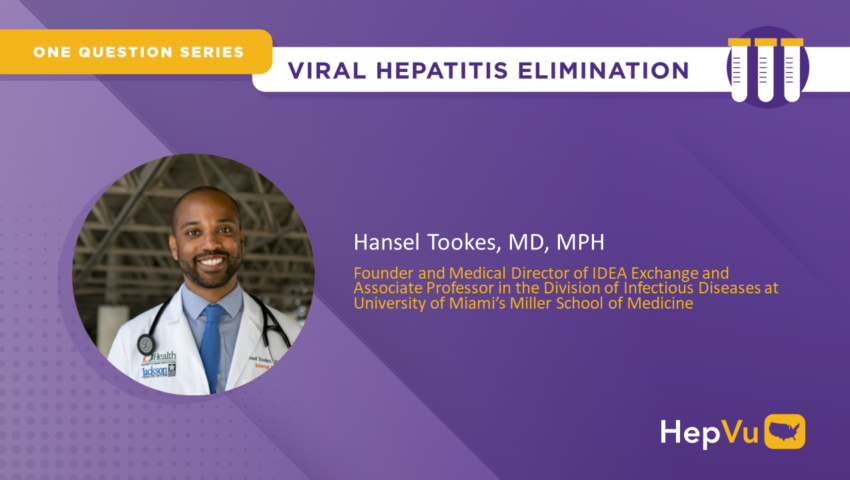
HARM REDUCTION PERSPECTIVE:
It is critical for us to reach people who inject drugs where they are and in a non-stigmatizing and trusted environment – like a Syringe Services Program (SSP) – to provide health screenings such as Hepatitis C testing. However, as a country, we must find a way to overcome the intransigent stigma that informs healthcare policies and to advocate for treatment of people with Hepatitis C regardless of their substance use. So long as substance use disqualifies Hepatitis C treatment, we are perpetuating harms on this high priority community.
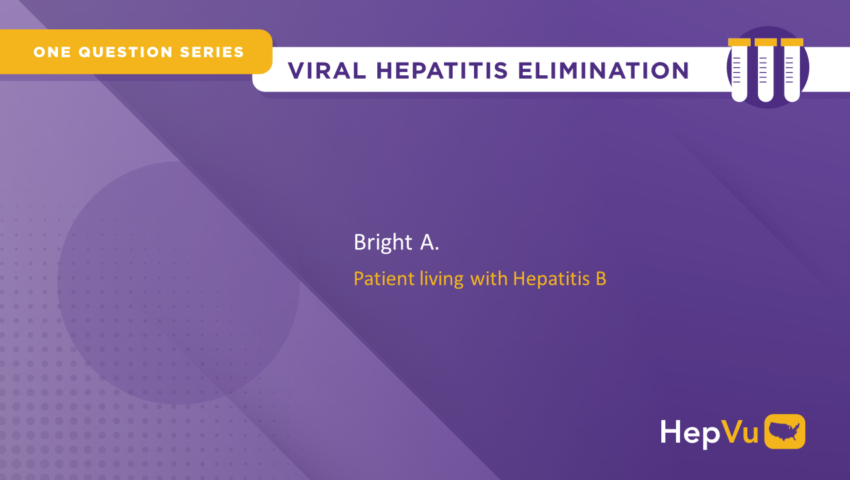
PATIENT PERSPECTIVE:
We can increase testing by educating the affected communities about why it is important or the reason(s) why they need to get tested. Additionally, we need to go to them. We meet them where they are. Sitting and waiting for them to come to us does not work, instead we need to go into those communities impacted by Hepatitis B and offer our services.


